Welcoming spring by celebrating blossom is such a wonderful thing to do and great to engage children in. Find out more about blossoms in the UK and ways to celebrate Hanami and appreciate Sakura with some family crafts and ideas.
Research suggests that time spent connecting with nature daily is so important to our wellbeing. Celebrating the signs of spring is so good for the soul. To pause and notice the layers build up leading us toward this season - first the snowdrops, then the almond and cherry plum, followed by plum and blackthorn blossom, and more follow including the pear, crab apple, cherry blossom, hawthorn and then more and more tree flowers bloom! Each moment is worth its own celebration but it is the blossom that has its own festival and celebration in Japan for centuries and here in the UK we are starting to embrace this idea.
What are 'Hanami' and 'Sakura'?

Hanami is an important part of Japanese culture. It is the tradition of welcoming spring. The blossoms are considered to represent hope, beauty, and new life. Hanami literally means ‘flower viewing’ and involves going to see the cherry blossom or 'Sakura'. This annual celebration is about appreciating the temporal beauty of nature. Hanami usually sees people taking time out from busy days to view the blossoms, and then gathering under cherry blossom trees for picnics with family and friends.
Sakura
The custom of blossom viewing goes back to 710-794 and was inspired by the Chinese Tang Dynasty. What Sakura (cherry blossom) is for the Japanese culture, Ume is for the Chinese. Ume refers to plumtree and its blossom.
Cherry plumtree blossom starts earlier and starts to flower in February and March whereas cherry blossoms are more from April-May. The cherry plum blossom lasts longer than the cherry blossom, Therefore cherry blossom is seen as more unique and fleeting, hence its celebration.
Celebrating all blossoms is a lovely thing to do - that includes the cherry, plum, hawthorn, blackthorn, and many more! Seeing trees like the elder, rowan, and horse chestnut start to flower is wonderful!
The British Isles has just two native species of Cherry blossom: bird cherry and wild cherry.
Wild Cherry and Bird Cherry are part of the ‘prunus’ family and have white or pink blossoms.
Bird Cherry Blossom usually appears in April. The blossom grows after the leaves have appeared with flowers in cone-shaped clusters. Each flower has five white petals. It's the cone shape grouping of the flowers that makes it distinctive.
Wild Cherry Blossom flowers also appear in April and before the leaves with five white or pink petals and a long stamen sticking out. Wild cherry flowers are each individually attached to the branch, often in a cluster.
Both wild and bird cherry trees produce fruits that are edible but can be sharp and sour and the stones are poisonous. The bird cherry has small dark fruits whereas the wild cherry has shiny red round fruits (but they can be yellow and black too),
Cherry Plum Blossom trees were introduced to the Uk around 300 years ago, their flowers are white or pink with five petals. They look similar to wild cherry, bird cherry and hawthorn blossom. However, the bark of a cherry plum blossom tree is different from wild and bird cherry trees (see below) and the blossom comes earlier (March). Wild cherry trees have distinctive horizontal lines on the bark. The bark of the bird cherry is scattered with pores and is a grey-brown colour. Cherry plum blossom bark is darker and without the clear lines of wild cherry trees.
Examples of blossom:
Bird Cherry Blossom (and bark)
Wild Cherry Blossom (and bark)
PCherry Plum Blossom (and bark)
Japanese ornamental trees
Japanese ornamental trees have been introduced to Britain since the 1800s and there are many varieties. Cherry blossom can have between 5 and 300 petals and are divided into four groups: single (5), semi-double (5-10), double (25-50), and chrysanthemum (100+). You can identify Japanese ornamental blossoms by different petal shapes, they have a slight split and they don’t produce fruit. The most popular cherry blossom in Japan is Somei Yoshino with five petals. Examples of some Japanese Ornamental Blossoms (there are many varieties):
Shogetsu 2.Someiyoshiro.3. Shidarezakura (Weeping Cherry) 4.Kanzan 5.Yamazakura 6. Kikuzakura (Chrysanthemum Cherry)
How can we celebrate Hanami and appreciate the Sakura with children?
1. Learn about different types of blossoms and tree flowers is a great way to mark the coming of spring. You can use our free download 'Blossom and Tree Flower sheet' as an introduction - here.
2. Picnic with our families under blossom trees (or with another household from the end of March 2021 in the UK). You could try Japanese food like Sushi or take noodles. Bento boxes are often a big hit with children - lots of little food to pick. Foods may include - meatballs, sausage, salad and cut up carrots, bean sprouts, edamame beans, small tomatoes, omelette, potato or pasta salad and maybe small fruit chopped up.
3, Make 'Sakura Cookies'
We made some shortbread cookies and decorated with pink icing - simple! We did put some chopped-up cherries in some of the biscuits which worked well. we also tried pink food colouring - that worked less well...it went a strange coloured when cooked, so better to go natural! We also had a go at making blossom tea to recreate our own version of Japanese Tea Ceremonies. In Japan, they use pickled cherry blossom to make the tea. The petals are pickled in plum vinegar and salt and then dried. You just then release the flavor with hot water. For our version, we added some fresh blossom petals with lavender and honey - a bit of a hybrid but it worked okay - more about a fun experimental process for the children than likely to win the best herbal tea award! We did serve in vintage floral/chintzy china for that extra touch though.
4. Blossom twig craft - pick a twig with lots of branches and put it in a vase. Use various shades of pink tissue paper scrunched up to make the blossoms and stick along the branches. You can then leave the branch minimal or add other features we link with spring here in the UK such as eggs or birds. It's a good one for small hands who can practice scrunching and rolling balls with tissue paper.
5. Blossom painting is a great activity - using finger painting for the blossoms.
6. Clay bowls - Make Japanese ceremonial bowls with blossom patterns is good fun too. Here is one my daughter did using air-dried clay and acrylic paints.
Although not specifically liked to sakura - other Japanese-inspired arts and cultural activities are lots of fun.
5. Hapa Zome - Basically, it’s the Japanese art of beating up leaves (or flowers) with hammers, pounding natural pigment into cloth. All you need is some calico cotton, juicy flowers or leaves, cardboard, and a hammer (or stone). You lay your flowers/leaves on the cardboard in patterns and place the material over and then just pound. Instantly you see the colours coming through. The repetitive pounding and creating mandala patterns is basically pretty therapeutic.
6. Taiko: Japanese drumming - Taiko is fun to do with children. Although this usually involves massive drums. A defining part of Taiko is the dynamic playing style - well-timed and often choreographed with martial art style moves. With children, you could make drums (pans, Tupperware etc) and come up with rhythms whilst doing some martial art-style moves! It is lots of fun!
So who is up for celebrating Hanami and appreciating Sakura (and all the blossoms)?
We hope we have helped give you some suggestions of ways to mark this special occasion. We love to be tagged in your blossom finds and activities and want to share!
Here at Catkin & co we are blossom enthusiasts and not experts but we hope this all helps as a basic introduction to celebrating blossom.







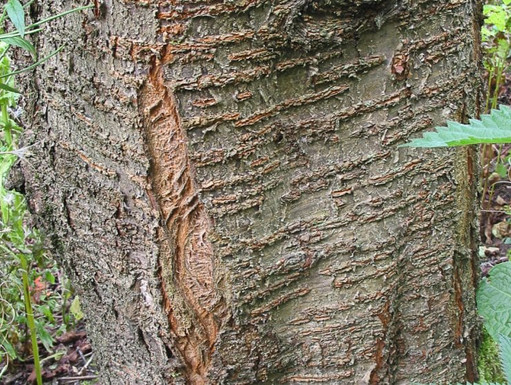






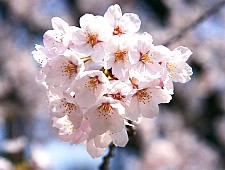
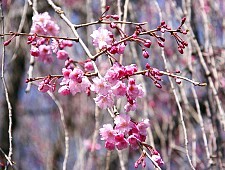
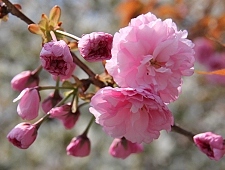













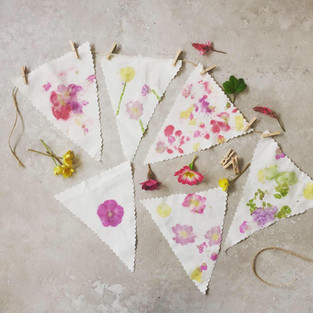




Comments